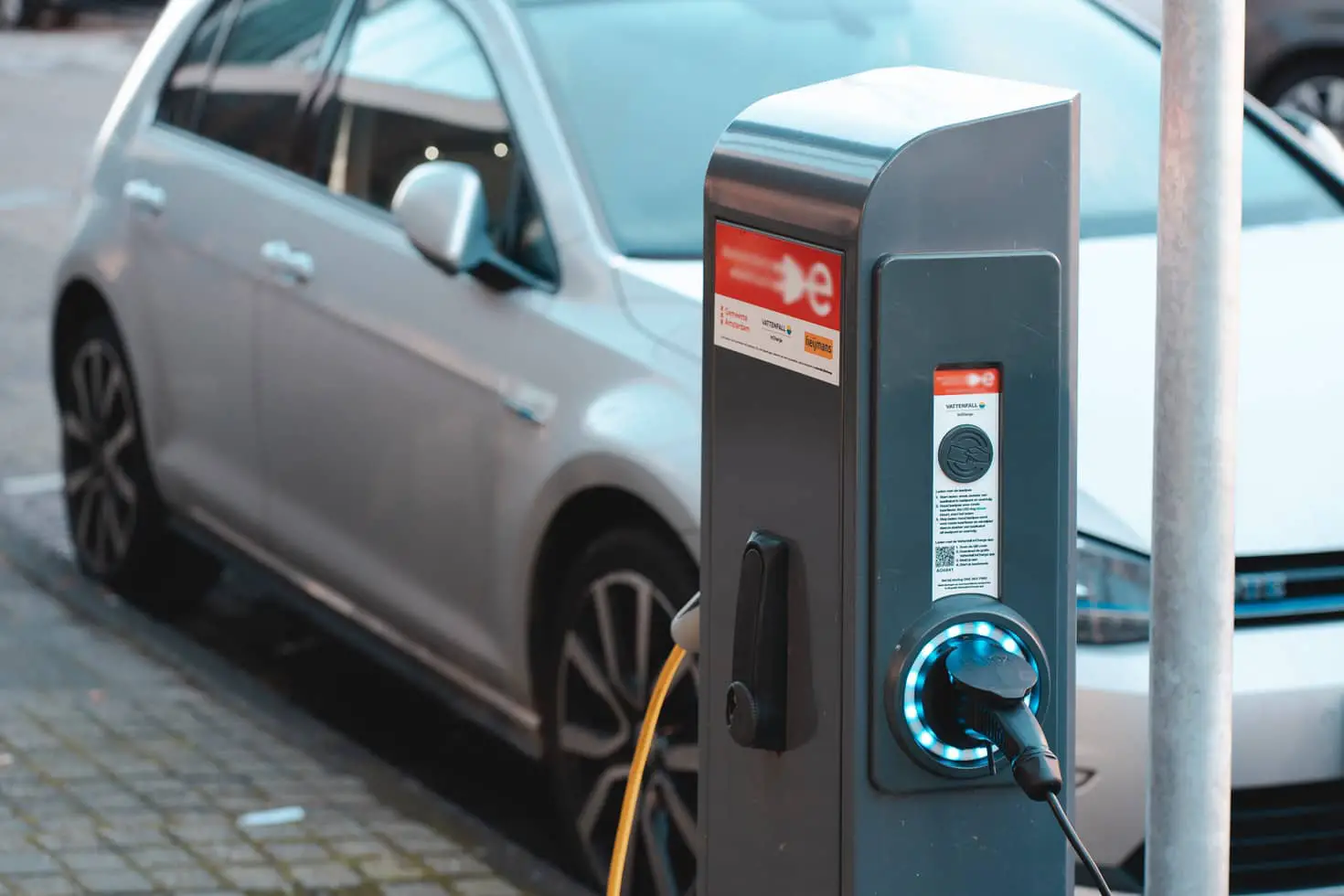With the Alliance at County Hall seemingly getting stuck into building the Electric Vehicle (EV) charging infrastructure on the Isle of Wight, News OnTheWight approached Colin Palmer (founder of Wight Community Energy) to ask him if he’d take a look over what’s being proposed.
Happily he accepted and has not only done that, but has called on his long working experience in renewable energy and lays out the current state of the EV market, where EV charging currently is and outlines where he thinks it and the Island will be going. Ed
The world is shifting to electric powered vehicles at an ever accelerating rate, with many countries planning to stop the sale of fossil fuelled cars in the coming decade.
In the UK, the sale of new fossil fuelled cars will be banned from 2030, just eight years away.
Car buyers are starting to get the message
According to the SMMT, “more new battery electric vehicles (BEVs) were registered in 2021 than over the previous five years combined.”
In December 2021, 25 per cent of all new cars sold in the UK were electric. In total, almost 200,000 battery electric vehicles were sold last year, and this number is expected to increase to more than 300,000 in 2022, taking the total fleet to more than 700,000.
How to charge all these new EVs
With so many EVs coming onto the roads, how will they all be charged? Where will all the charge points be?
Norway leads the world in the adoption of EVs – with more than 300,000 BEVs registered to date, for a population of around 5.5million people. To charge these vehicles, Norway has 20,000 public charge points, so around 15 cars per charge point.
In the UK we have almost 30,000 public charge points for around 400,000 BEVs; about 13 cars per charge point, placing us slightly ahead of Norway. At a national level we are doing pretty well.
IW nowhere near national standards
But here on the Isle of Wight, the charger availability is not up to national standards. According to Zap-Map, which shows all the charging points, there are only four chargers in public car parks, with a few more in locations like Ventnor Botanic Gardens and Morrisons – so being charitable there are maybe ten that are readily accessible.
There are no on-street chargers and not one conventional service station is listed, but seven retail outlets do have chargers. In all, there may be twenty chargers that are available for public use.
We have more than 70,000 light vehicles on the Island (and many more in the summer), so even if only 2 per cent of them are plug-ins, to be in line with the national average we need at least 100 charge points. Way to go!
Extra chargers planned
Against this background, the Council’s announcement that it is joining forces with Joju/Mer to install new chargers in nine locations (and replace five existing, but unreliable chargers) is to be welcomed.
This will bring the total number of public charge connections up to 28 – not the 100 required to reach the national average, but a big step in that direction.
Unique geography of the Island
In practice, the unique geography and demography of the Island most likely means that we do not need to reach the national level. As many of us do most of our driving within the confines of the Island, our annual mileages are relatively low – 5,000 to 7,000 miles per year.
The Island also has a lot of rural housing, where people have off-street parking and can rely on home chargers for almost all their charging needs, just topping up overnight and starting each day with a full battery.
New models can go further
While EVs of even just a few years ago had practical ranges of around 100 miles or less, the models now coming onto the market almost all have real world ranges in excess of 200 miles – which will take you around the Island four times!
What this means is that for most people driving EVs on the Island, they will only need to “fill up” once a week at most, though the habit of running the fuel tank down and then filling right up again will become a thing of the past.
Charging will become routine
As charge points start to pop up in supermarkets, pub carparks, cinemas and work places, refuelling with electricity will become as routine and opportunistic as charging your phone or paying to park.
You park, plug in and while you are shopping or enjoying a meal or film, your car is charging. You return to a car that is topped up, ready to go; cool in the summer, toasty warm and demisted in the winter. No queues to fill up, no worries about petrol station opening hours.
Charging infrastructure
Another aspect of charging infrastructure is the rate of charging. Common home chargers are rated at 7kW (about the same as an electric cooker with several rings on at once) and will take up to nine hours to fully charge a modern EV – so easily done overnight when the car is not needed.
This approach is good for the battery and has the additional advantage that electricity suppliers such as Octopus are offering special tariffs with lower prices at night – like Economy 7 but much smarter.
Making money from your EV
Soon chargers will become bi-directional, hooking up EVs to the grid so owners can receive income from allowing their cars to send out power at times when it is needed on the grid.
So called “destination chargers” – the sort being installed by supermarkets for example (The Co-op in Freshwater and Tesco Extra in Ryde being Island examples) are often rated at 22kW to 50kW (called fast and rapid chargers), so will do a full charge in one to three hours.
Charging will become part to the “furniture of life”
The lower rated chargers are often free, so while they will not do a full recharge while you do your shopping, you get a significant boost for nothing. (In half an hour a 22kW charger puts about 40 miles on the range).
Again, it is a matter of charging just becoming part to the “furniture of life” – a routine chore we do without much conscious thought, as part of other every-day activities.
Ultra-Rapid chargers
Ultra-Rapid chargers are only needed when you take your car off Island for long trips at motorway speeds. These chargers can take less than half an hour to fully recharge your car – time to stretch your legs and grab coffee before being on your way again.
This type of charging is expensive and can be hard on the battery, but it’s fine for the occasional long trip.
EVs will change many things in our lives
The rise of electric vehicles will change many things in our lives. Our “batteries on wheels” will be more closely integrated into our lives, making fuel station queues a thing of the past.
We will “fuel” our cars in all sorts of different places, a top-up here, a top-up there, just as we do with our phones.
Intellectual carriages
Like our phones, our EVs will be connected. They will know when power is cheap and so when is the best time to charge. They will be able to make us money by trading electricity in the market, and in extremis, they will be able to provide back-up power if our houses lose the mains.
This may all sound fanciful today, but in 1900 the owners of horse carriages thought the same about horseless carriages. Within twenty years their world was turned upside down, and technology moves at a much faster pace today.
Image: Ernest Ojeh under CC BY 2.0





